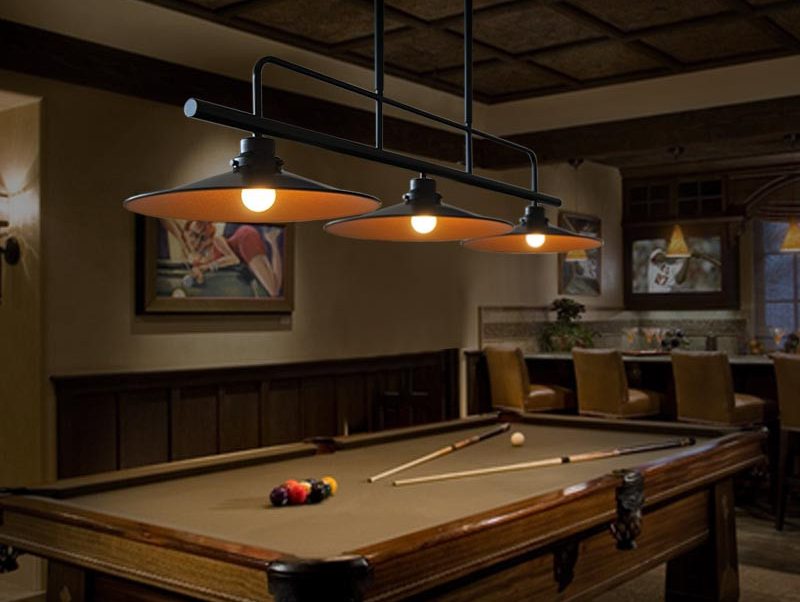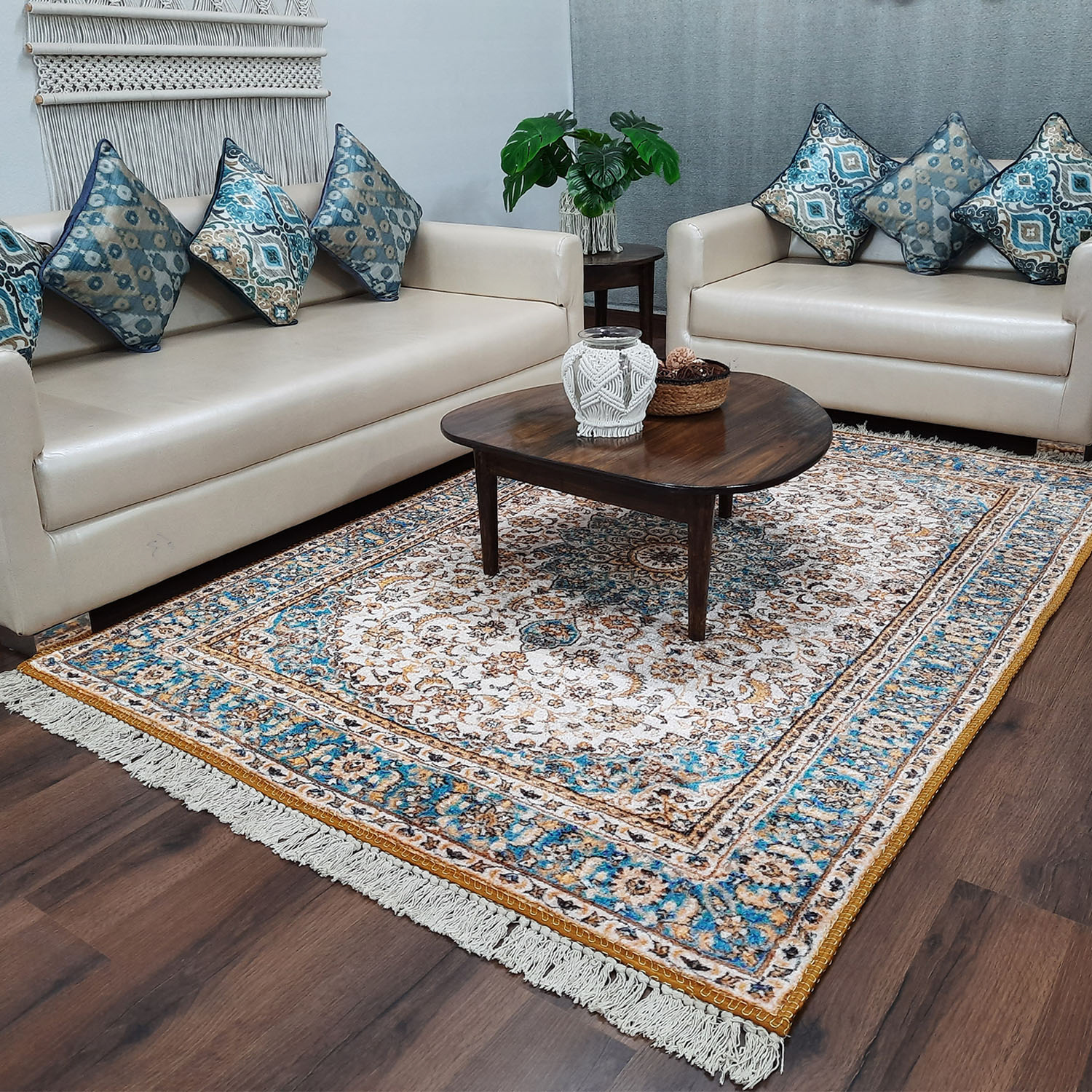The Science of Light
Light is an electromagnetic wave that travels at a speed of 299,792 kilometers per second. It behaves both like a particle and a wave, depending on the experiment conducted to detect it. One of the most famous experiments involving light is the double-slit experiment, which shows the wave-particle duality of light. Scientists study light to understand its behavior and properties.
Types of Light
There are various types of light, each with its unique properties, and wavelength range. Visible light, the part of the electromagnetic spectrum that human eyes can perceive, has a wavelength range of 400 to 700 nanometers. Ultraviolet (UV) light has a wavelength shorter than visible light, and can cause sunburn or damage to DNA. Infrared (IR) light has a wavelength longer than visible light and can be detected as heat. X-rays and gamma rays are high energy and high-frequency light that can penetrate through matter and cause ionization.
Uses of Light
Light has numerous practical and artistic applications. Light bulbs provide illumination, and lasers are used for cutting, welding, and even medical procedures such as corrective eye surgery. Fiber optic cables use light to send data over long distances, and solar cells harness the energy of light to generate electricity. Light is also used in photography, film and TV, and artistic installations.
The Psychology of Light
Light has a significant impact on human emotions and behavior. Bright light can improve mood and alertness, while dim light can lead to relaxation and sleep. Seasonal affective disorder (SAD) is a form of depression caused by the lack of sunlight during winter. Some people also have photophobia or light sensitivity, where exposure to light can cause discomfort or headaches.
The Importance of Circadian Rhythm
The circadian rhythm is the internal biological clock that regulates sleep-wake cycle, digestion, and other bodily functions. The circadian rhythm is influenced by light, with exposure to bright light in the morning helping to reset the clock and promote alertness. However, artificial light at night, especially the blue light emitted by electronic devices, can disrupt the circadian rhythm and lead to difficulty sleeping.
The Power of Color
Color also plays a significant role in the psychology of light. Different colors have different effects on mood and behavior. For example, blue light is associated with concentration and productivity, while yellow light is warm and relaxing. Red light is stimulating and can increase heart rate and blood pressure.
The Art of Light
Light is also an art form, with artists using it as a medium to create immersive and transformative experiences. Light installations, projections, and sculptures can create a sense of wonder, atmosphere, and emotion. Light festivals, such as Vivid Sydney, attract thousands of visitors every year to enjoy the stunning displays of light and sound.
Light in Architecture
Light is a crucial element in architecture, with natural light and artificial light used to create aesthetic and functional spaces. The positioning of windows and skylights, the use of materials that reflect or absorb light, and the design of lighting fixtures can all contribute to the atmosphere and mood of a building.




